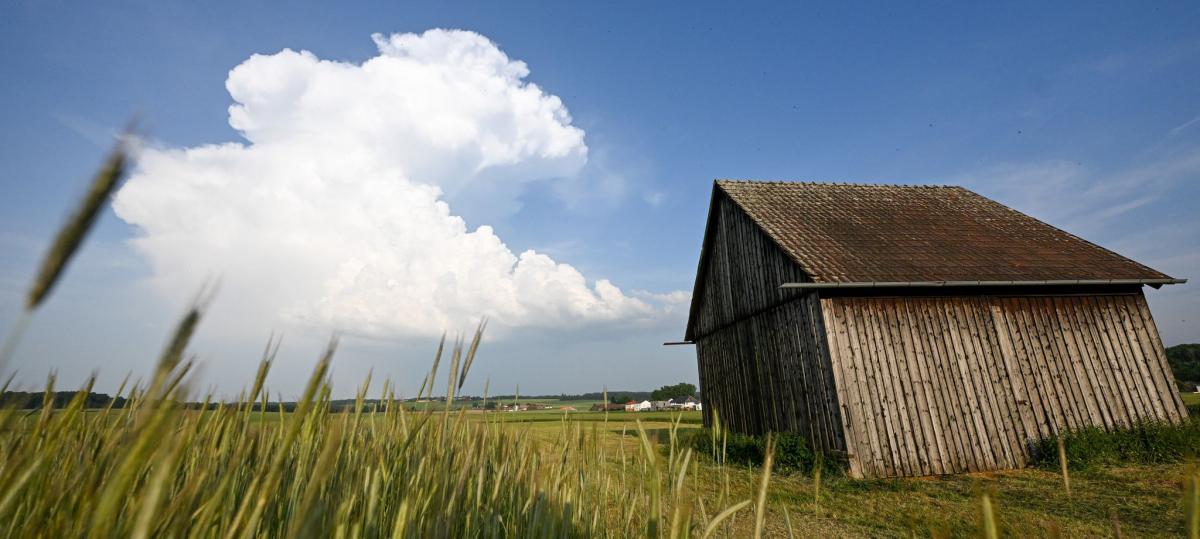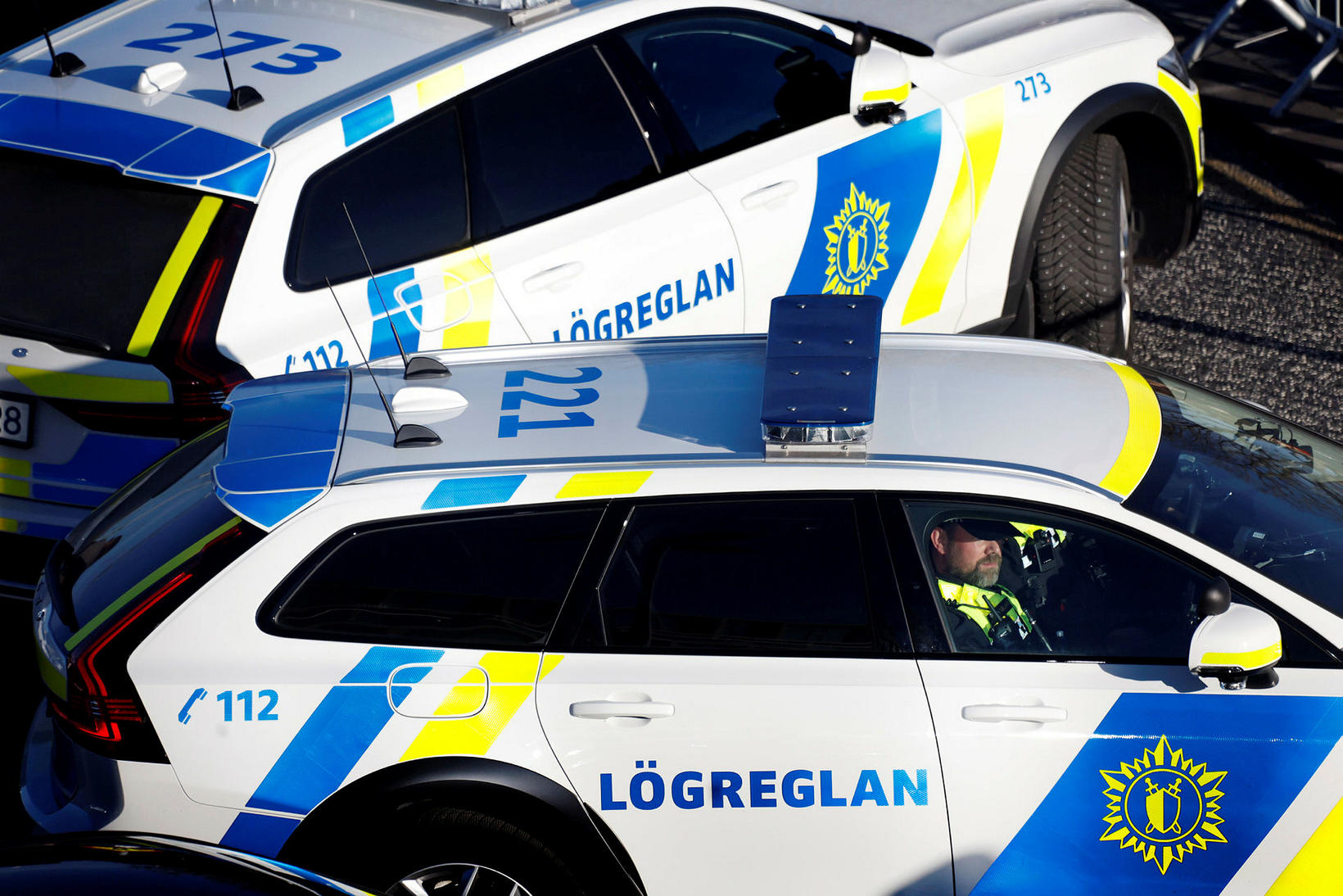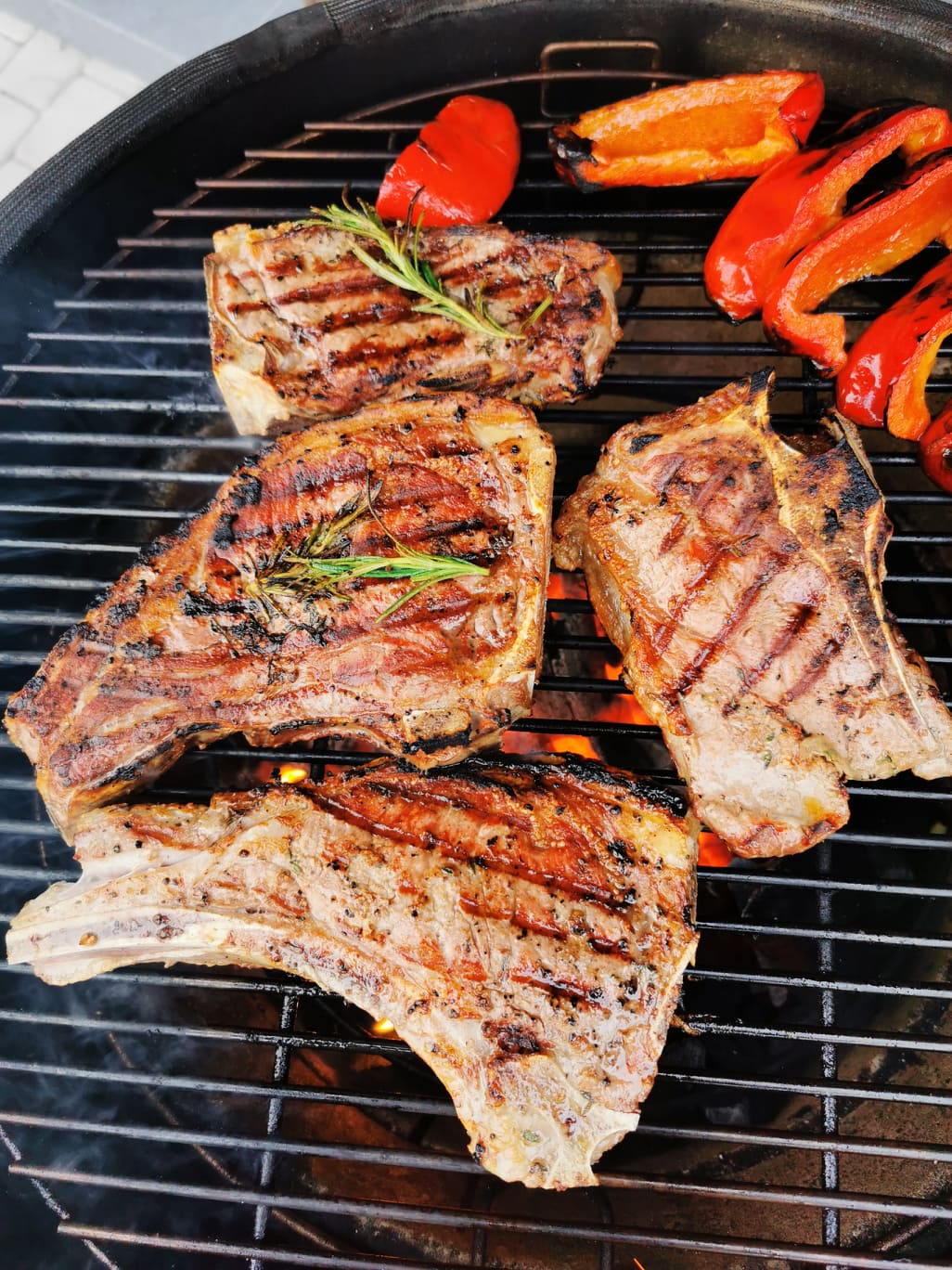Thousands of Romanians worship far -right leaders and symbols on the eve of the election

|
On a Sunny April day, hundreds of Romanians queued up on the outskirts of Bucharest to visit a tomb with a bright green flag with the hallmarks of the Iron Guard, one of the most brutal anti-Semitic movements in Europe since the 1930s.
While the display of symbols of the Iron Guard was banned in Romania two decades ago, every Sunday the flag is blown over the grave of Ilie Lakatuu, a member of the Guard, canonized by the Orthodox Church last year.
Symbols from the Fascist Age are also scattered in other Romanian cities, such as monuments or streets named after the Iron Guard or writers, which, according to political analysts, strengthens the ultimate right -wing before the presidential election on Sunday.
Two weeks to a vote for president in Romania – who will take the voices of Georgesko
The nationalist extreme right in Romania has gained popularity in a series of elections last year, the culmination of which reached the victory of the little -known pro -Russian Kalin George in the first round of the presidential election in November – before the court canceled this vote a month later for accusations of Russian intervention.
Since Georgesko is already forbidden to run again, sociological studies show that far -right opposition leader and Eurosceptic George Simion is likely to win the first round on Sunday by about 30% of the vote.

Analysts say that much of this popularity comes from the ability of far -right leaders such as George and Simion to use the long -standing admission of fascist figures from military times and their conservative values to ignite the wrath of the voters of the high costs of life and what they define as immorality.
« Everything that happened in this country was done against us, especially after our voice was stolen, » said 51-year-old designer Lucian Dutsu as he left Lakatushi’s tomb earlier this month. He plans to vote for Simion. « We should try someone else. » Like some others seeking comfort around the tomb, Dutsu has no problem with Lakatushu’s past in the Iron Guard.

69-year-old Joanna Skampiru, a pensioner who works as a nanny, said that the spiritual experience was important to her, not the story. « Things are going very well after I pray on his grave. It doesn’t bother me, » she said.
« Normalization »
Although no one in Romania publicly calls for violence or anti -Semitism, activists say the trend among voters is alarming.
| « We like it or not, an important segment of the population or is not interested in (these) toxic values, or accepts them, » said Marius Kazan, a researcher at the National Institute of Eli Wiesel to study the Holocaust in Romania. « The problem with normalizing this narrative for the past is that instead of critically examining the toxic parts of the movement, it praises it, » he said. |
Formed in 1927 and supported by the subsequent major depression and the economic damage it caused throughout Europe, the Iron Guard gathered followers, accusing the Jews of poverty and lack of opportunities that covered the Eastern European country, with deeper effects.

The organization is responsible for riots and pogroms, including one in Bucharest in 1941, when more than 100 Jews were killed and some hung in a slaughterhouse. The Iron Guard was declared illegal shortly after. Lakatushu, according to the Wiesel Institute, was a local leader of a subdivision in southwestern Romania.
The far -right George Simion would lose the run -off in Romania by at least one candidate
Simion, who opposes military assistance to Ukraine, is critical of the Brussels leadership and supports US President Donald Trump, avoids direct questions about the Iron Guard.
When he was asked about it, he told Reuters:
| « These times are reminiscent of the interwar period – the rule of law is violated and political opinions are censored. People are not addressed and they are neglected by those who have clung to power. » |
But several members of his party, George, as well as other far -right politicians have openly praised the leaders of the Iron Guard and Ion Antonescu, the actual leader of Romania of World War II.

During the time of Antonescu, Romania was an ally of Nazi Germany until August 1944, when it passed to the Allies. A 2004 report found that between 280,000 and 380,000 Romanian and Ukrainian Jews and thousands of Roma were killed by civilian and military authorities in Romania and in their controlled areas during the war.
Romania, now a member of the European Union and NATO, apologized in 2003. Last year, a compulsory school course for the Holocaust was introduced. But the propaganda of the Iron Guard and the acceptance of the far -right leaders of Romania are slowly spreading to the population.
Many members and supporters of the Iron Guard died in prisons under the communist government after the war, and many of them were priests. They are known as communism fighters and « prison saints », and celebrations in their memory attract people every year. Some of the participants raised a hand for Nazi greetings.

Some of the most famous Romanian writers and thinkers from the period between the two wars were voiceful supporters of the Iron Guard and remain celebrated today as part of the country’s identity and heritage.
Although the worship of fascist figures and symbols in public is illegal, cases are rarely pursued. The Attorney General said an average of about 20 such incidents were reported annually.
| « Part of Romanian society is of some ambiguous attitude towards … the fascist past, while another part is quite radicalized, » said Serge Mishkoyiu, a professor of political sciences at Babes-Bolya University « for the new Ultra-Parties, which is the same as they are inherent in the core). is happening. « |
The President of Romania has an enforcement and representative role that includes a presidency of the Council decisions on military assistance and defense costs, and may veto votes in the EU that require unanimity. The country has a pro -European coalition government.








